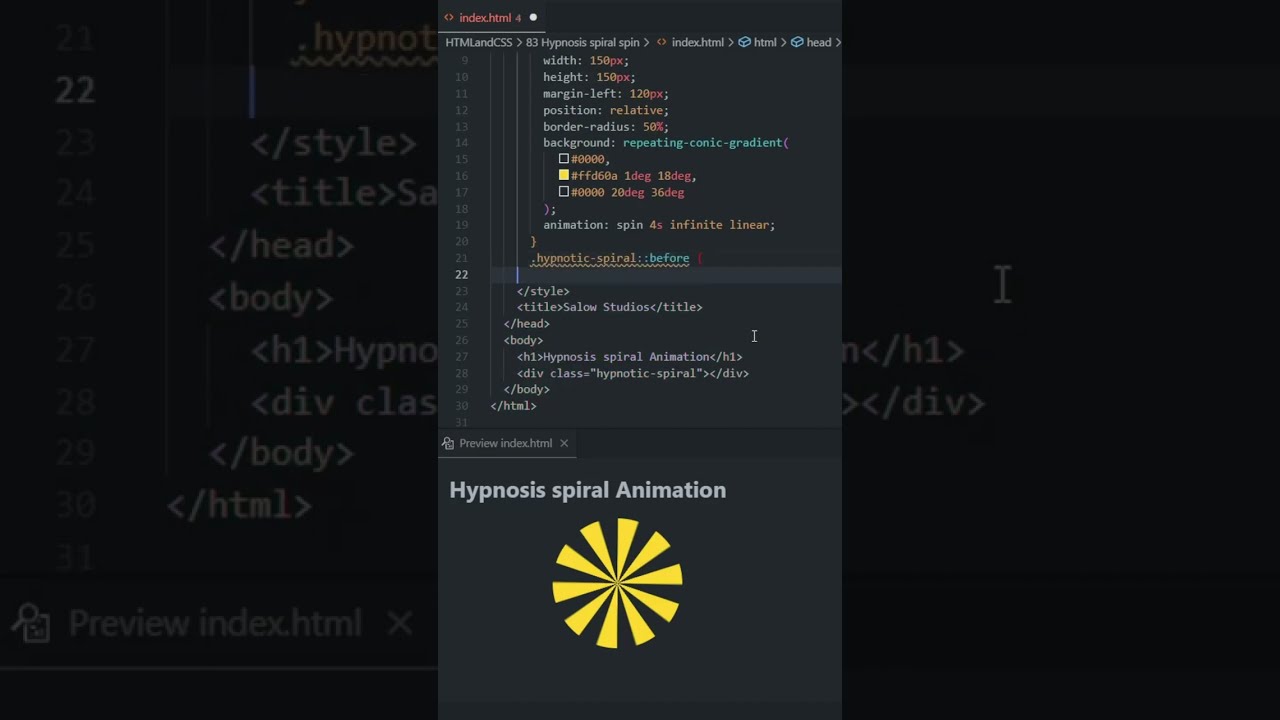AJAX, which stands for Asynchronous JavaScript and XML, is an outstanding and powerful approach used for creating dynamic websites. It is a technology based on JavaScript and dynamic XML requests to the server for updating the content of the web pages, which makes them more user-friendly, simplified and faster responsiveness for user’s demands.
AJAX isn’t a single technology, instead it is an application of various technologies that offers incredible functionality for web sites and gets rid of the page reloads.
AJAX encompasses:
o XHTML and CSS for marking up and standard-based presentation;
o Dynamic display and interaction with the information presented using the Document Object Model;
o XML and XSLT for data interchange between the server and the client;
o Asynchronous data exchange using XMLHttpRequest with the web server.
A traditional web application normally works like this:
– The user actions in the interface trigger an HTTP request to a web server.
– The server in turn processes the request retrieving the data and sends data to the browser while the user waits returning an entire HTML page to the client.
This is a tedious process where the user is left waiting much of the time until the server finishes the processing of the full page, even for updating small parts of the content.
However, AJAX has solved this major problem of pages reloading updating only the content which needs to be updated, interacting in the DOM dynamically with asynchronous calls to the server, pulling the data and displaying without the need of refreshing the whole page. With AJAX, web pages enhance user’s interactivity and a new way to revolutionize the working of internet applications.
AJAX introduces an intermediary between the user and server called “AJAX Engine”. Addition of this layer makes the application more responsive eliminating Start-Stop-Start-Stop nature of interaction on the web. The browser loads the AJAX engine, instead of loading the web page upon the start of a session. AJAX engine operates asynchronously by interchanging the data between the user and server independent of communication with the web server. Some of the popular examples of Ajax applications comprise Google Maps, Google Suggest, Gmail etc.
Advantages of AJAX Applications:
o Faster accessibility and response.
o Less bandwidth use.
o Works more like a desktop application.
o Easy to learn.
o With Ajax, the page can be refreshed dynamically.
o Auto-suggest dropdowns enables faster performance.



